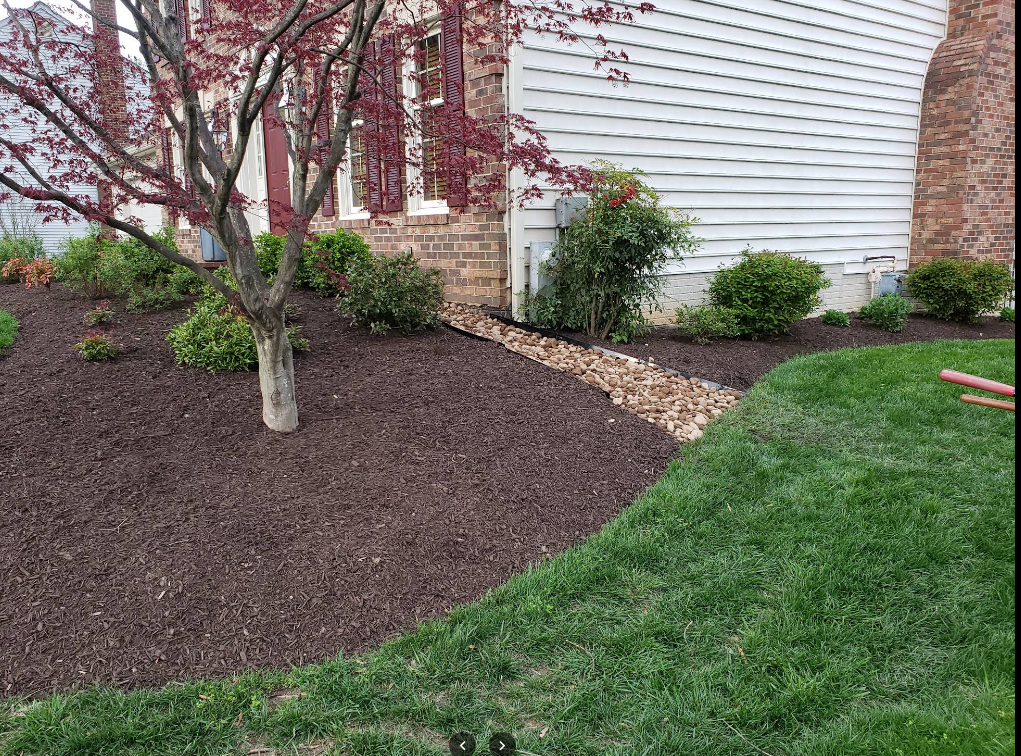
Sustainable Landscaping Practices to Enhance Your Home's Curb Appeal Aug 15, 2025
First and foremost, consider native plants as the cornerstone of your sustainable landscape. Native plants are inherently suited to the local climate and soil conditions, making them more resilient and less resource-intensive. They require minimal watering and fertilization, reducing your environmental footprint while showcasing their natural beauty. By incorporating a variety of native flora, you not only enrich the biodiversity of your garden but also provide a habitat for local wildlife, including beneficial pollinators like bees and butterflies.
Another key practice is the use of efficient irrigation systems. Traditional sprinklers tend to waste water through evaporation and runoff. Instead, opt for drip irrigation systems that deliver water directly to the root zones, maximizing moisture absorption and minimizing waste. Moreover, consider rainwater harvesting by installing rain barrels to collect runoff from your roof. This not only cuts down your water bills but also ensures you are using water responsibly during dryer periods.
Mulching is another sustainable technique that serves multiple functions. By adding a natural mulch layer, comprised of leaves, bark, or compost, you can suppress weed growth, conserve soil moisture, and improve soil health as it decomposes. It's an easy, cost-effective way to maintain garden beds, ensuring plants receive necessary nutrients while keeping soil temperatures stable.
Furthermore, embrace the concept of hardscaping to complement your landscape design. Hardscaping elements, such as stone pathways, patios, and retaining walls, not only add structure and aesthetic appeal but are also durable and require little maintenance. Choose permeable materials for these projects to allow water to seep through, reducing runoff and promoting groundwater replenishment.
Enhancing soil health is crucial for long-term sustainability. Avoid chemical fertilizers and pesticides, which can be harmful to your ecosystem. Instead, use organic alternatives like compost and organic fertilizers, which improve soil structure and encourage microbial activity. Composting kitchen and garden waste not only provides you with rich, nutrient-filled compost but also reduces the amount of waste sent to landfills.
Lastly, consider installing a rain garden in your landscape. These gardens are strategically placed to capture and absorb rainwater, mitigating stormwater runoff which could otherwise lead to erosion and waterway pollution. They are both functional and visually appealing, providing yet another platform to grow water-loving native plants.
In conclusion, sustainable landscaping is a powerful way to enrich your home's curb appeal while being kind to the planet. By implementing these eco-friendly practices, you cultivate a space that is not only aesthetically pleasing but also environmentally responsible. At Elite Property Pro’s LLC, we are committed to helping you achieve a beautiful and sustainable landscape, tailored to suit both your personal taste and environmental needs. Embrace these practices and take a step toward a greener future.
/filters:no_upscale()/media/01b25679-130e-416c-8b90-83b2f64fca47.png)
/filters:no_upscale()/filters:format(webp)/media/36e9c53e-285d-49e2-b0fe-7a6f74eb4378.webp)